

Andrew Maclean
3 Days Ago
GM's cars and trucks will soon gain access to Tesla's Supercharger network, firstly via an adapter and then natively.
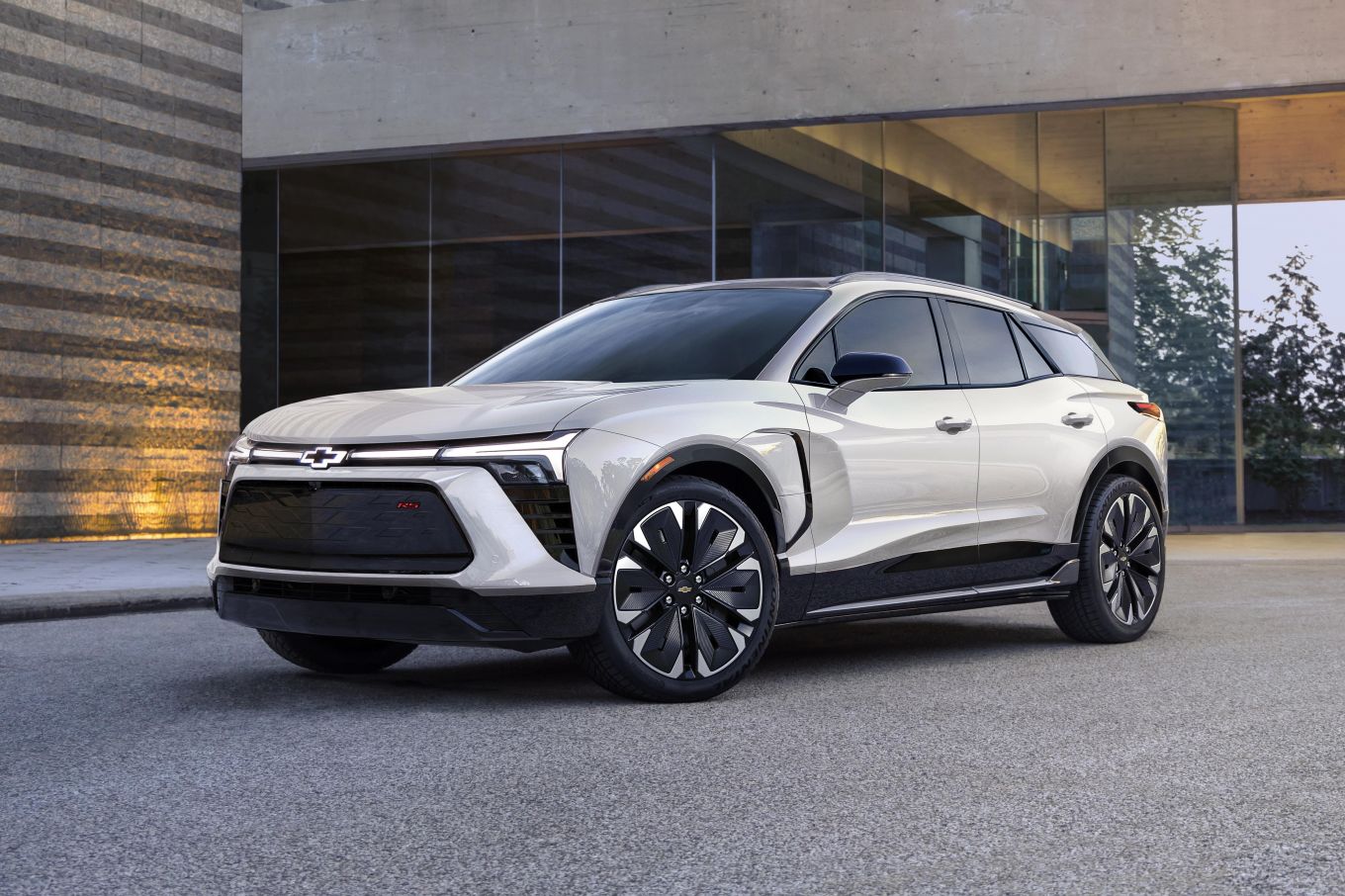
Tesla has won a second legacy car maker over to its camp, with GM set adopt the North American Charging Standard (NACS) and gain access to the 12,000-strong Supercharger network in North America.
Mary Barra, CEO of GM, and Elon Musk, Tesla’s CEO, announced the news on a Twitter Spaces forum at the end of last week.
In North America GM’s electric vehicles will be able to access Tesla’s entire Supercharger network from “early 2024”, although these EVs, which all come with a CCS port, will need an adapter.
Starting in 2025, GM will produce its North America-bound EVs with a NACS port as standard. It seems as though these NACS-equipped cars won’t have a CCS port, as GM is promising “in the future” to “make adapters available” so these vehicles can DC fast charge at CCS-equipped stations.
GM says it will integrate access to Tesla Supercharger stations into its in-car and mobile apps.
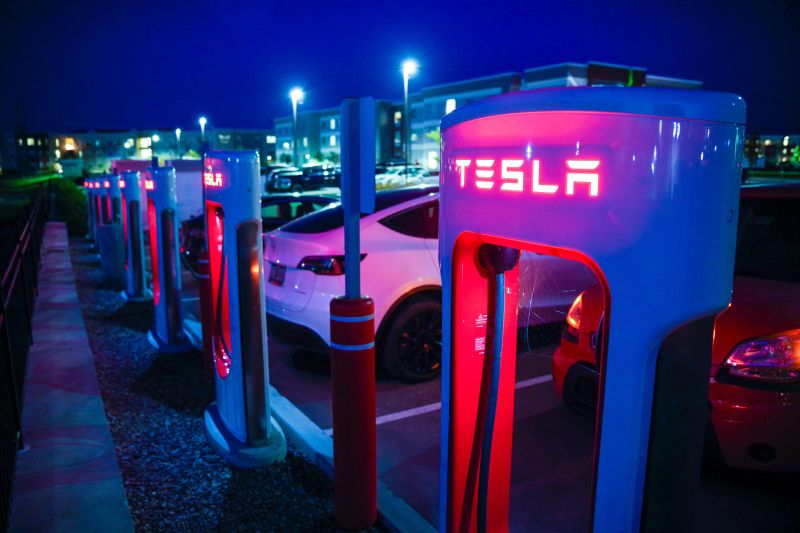
It’s unclear if this will change will benefit the Honda Prologue and Acura ZDX. Both of these upcoming crossovers have Honda-designed bodies and interiors, but will ride on GM’s electric vehicle architecture, use GM’s Ultium batteries, and will be built in GM factories.
GM is currently in the midst of releasing new cars based on its latest body-on-frame and unibody EV architectures, both of which use its Ultium battery technology.
So far the roll out has been slow and confined to high-priced models, such as the GMC Hummer EV pickup, and Cadillac Lyriq crossover. There were 968 Lyriqs were sold in the first quarter of 2023, just two Hummer EVs in the same time period.
The company does have higher volume models coming up in the short term, including the Chevrolet Silverado EV and the Blazer EV.

When announcing the change, Barra said, “Not only will it help make the transition to electric vehicles more seamless for our customers, but it could help move the industry toward a single North American charging standard”.
With GM on board now and Ford jumping into Tesla’s tent at the end of May, the chances of NACS becoming North America’s de facto standard have grown.
On top of this, rival EV charging networks, EVgo and FLO, have announced they will begin to support NACS soon.
Thanks to its F-150 Lighting and Mustang Mach-E, Ford finished 2022 in a distant second place to the Tesla on the US EV sales charts. And thanks to a surge of interest in the price-chopped and soon-to-die Chevrolet Bolt, GM has surged into that second place spot for the first quarter of 2023.
It will be interesting to see if Rivian, the Volkswagen Group, Hyundai-Kia, and Volvo/Polestar join the party at Elon’s house.
Even without Ford and GM’s recent announcements, owners of other EVs have been slowly gaining access to Tesla’s US Supercharger network, with the some locations now featuring a CCS “Magic Dock” adapter.
This helps the company to access funds from the Biden administration’s Inflation Reduction Act, which helps to fund public CCS chargers, and an earlier promise by Musk to open up Supercharger access globally.
Derek Fung would love to tell you about his multiple degrees, but he's too busy writing up some news right now. In his spare time Derek loves chasing automotive rabbits down the hole. Based in New York, New York, Derek loves to travel and is very much a window not an aisle person.


Andrew Maclean
3 Days Ago
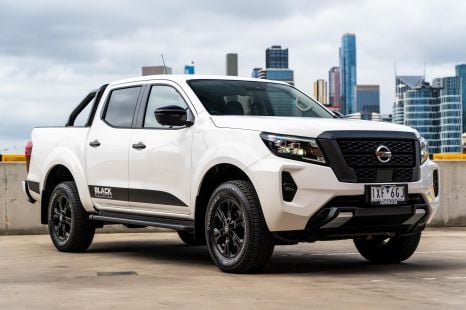

Josh Nevett
7.3
3 Days Ago
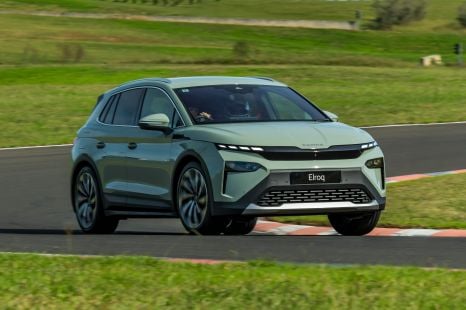

James Wong
2 Days Ago
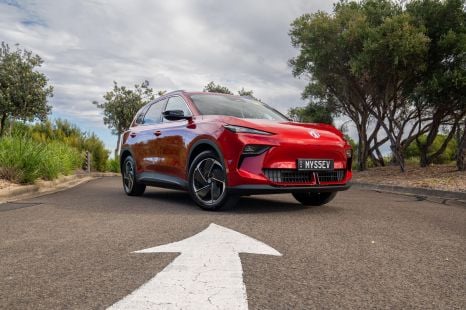

Andrew Maclean
2 Days Ago
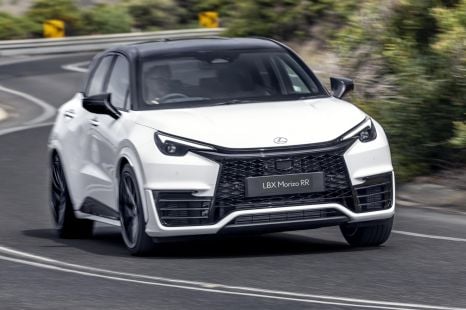

Josh Nevett
8
2 Days Ago
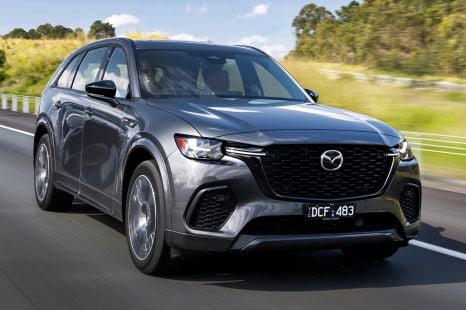

Jack Quick
7.9
21 Hours Ago